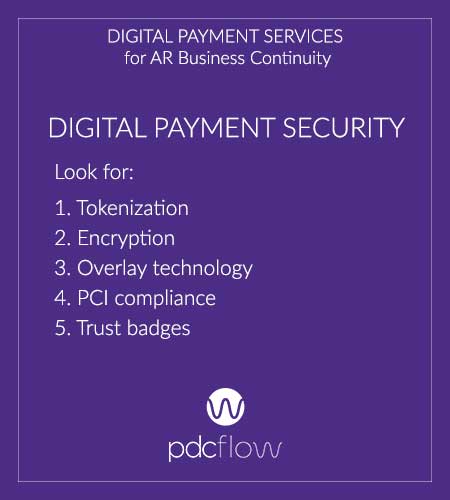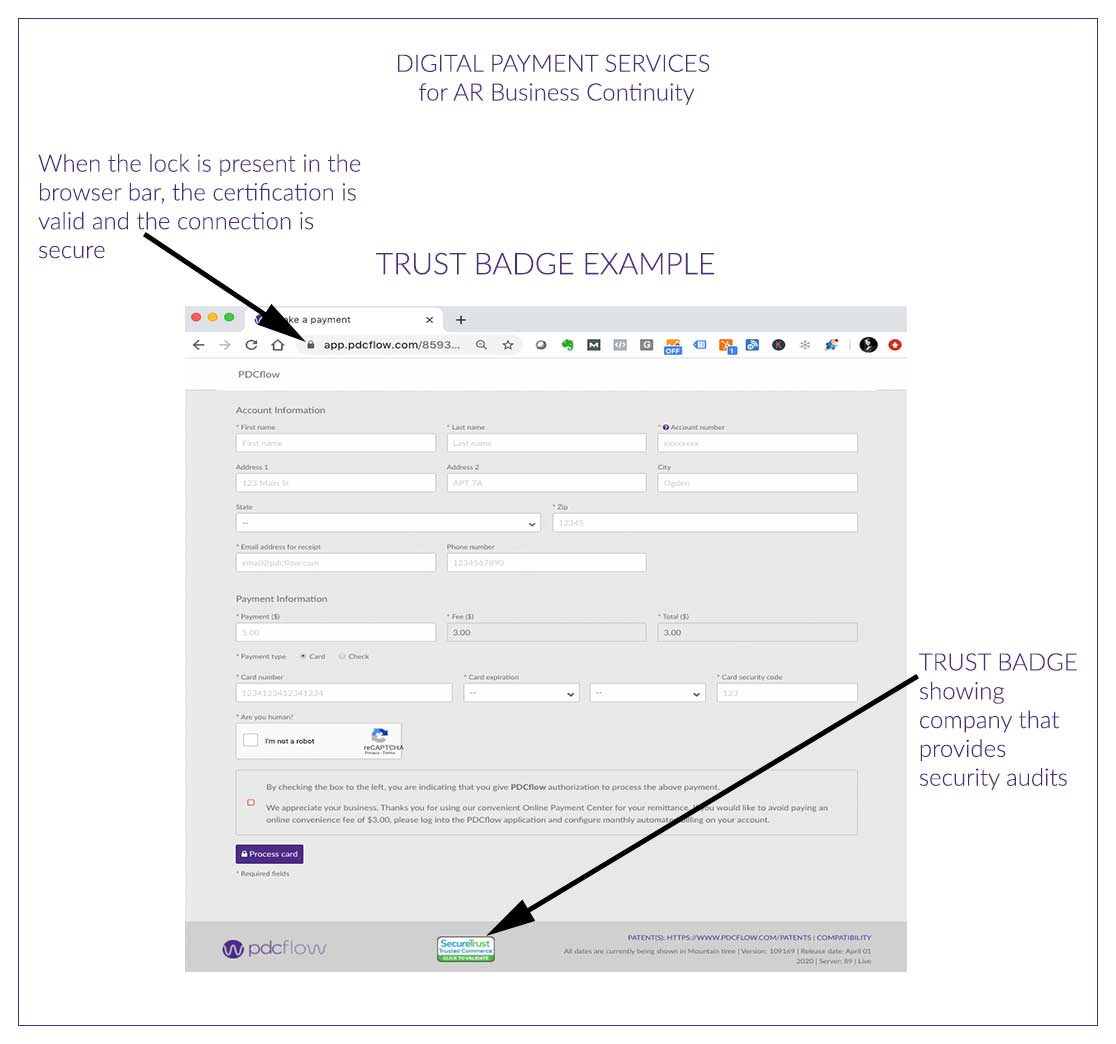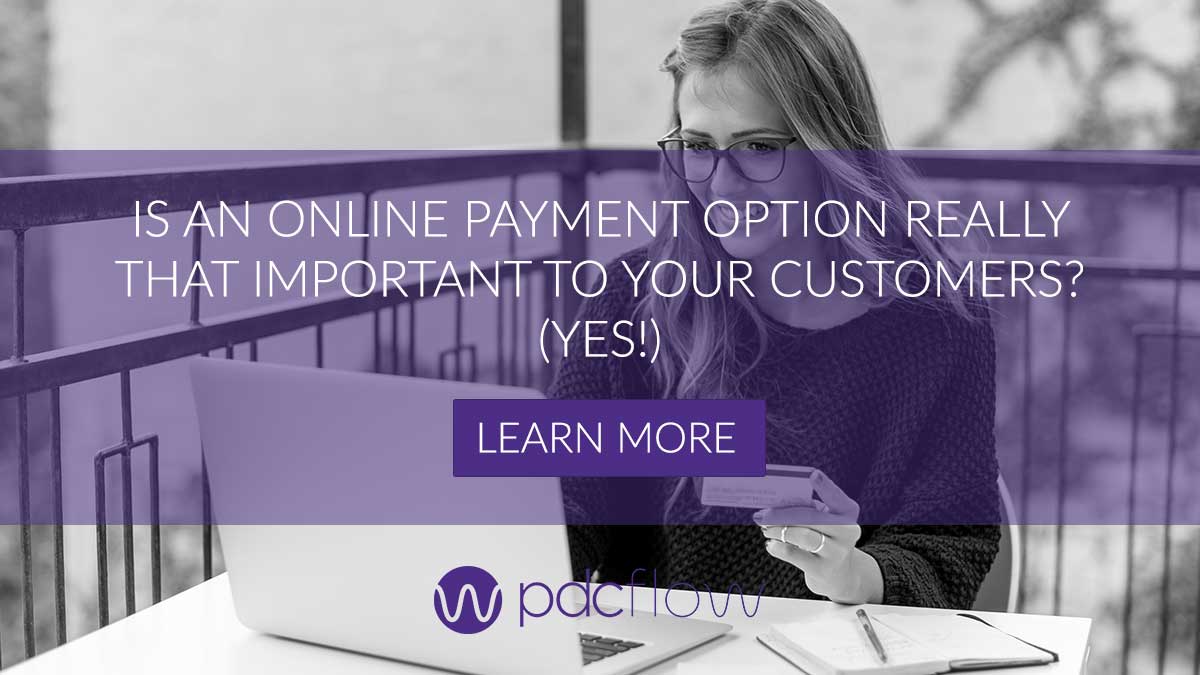Digital payment services were once preferred payment methods for consumer convenience. With the developments of COVID-19, social distancing and the need for remote offices, self-serve digital payment services – like online payments – are now a necessity.
Consumers need ways to pay that keep all parties safe while maintaining business continuity. Here are the features you need to move your business remote without interrupting your revenue in the process.
Fast Digital Payment Service Setup
Of all the features you should look for when offering online payments, quick setup should be at the top of the list. If you’re working to shift most or all of your other operations to remote work, you likely can’t afford to have your payment services offline at the same time. After all, it’s one of the few payment options consumers can use without the help of a staff member.
Look for a turnkey solution that will get your online payments up and running in just a few minutes.
Online Payment Customization
Finding a payment portal that offers customization is a great way to boost trust in your brand throughout the entire payment process. If a consumer enjoys self-serve options like online payments, they will appreciate a payment portal that is branded to look and feel like a continuation of your website.
More importantly, though, consumers who are less familiar with this payment channel, and must now use it out of necessity, will feel much more comfortable making a payment to a portal that matches your company’s branding.

Digital Payment Security
Security has always gone hand-in-hand with digital payments – especially with the increased news of data breaches in the past few years. When encouraging higher use of payment portals or other digital payment channels, you need to be confident the solution you’re offering is secure.
If card data is typed by an employee or logged and stored in your system, your responsibility for keeping that information safe increases. To keep payments secure, look for a digital payment solution that does the security work for you. Take into consideration:
- Tokenization - To keep sensitive information as secure as possible, some payment softwares replace credit card numbers with a random string of numbers – a token. This way, even if hackers were to access a system, they would have no real credit card numbers to steal.
- Encryption - Another security feature of secure payment processing is to encrypt information. This means they scramble the information. Again, this is to prevent information being stolen even if a system is penetrated.
- Overlay technology - This patented technology acts as a transparent “layer” over a digital payment form. It captures the information and sends it to the processor, so it never needs to be stored by your company’s software systems.
- PCI compliance - The Payment Card Industry has created a self-regulated set of rules businesses must adhere to if they accept credit cards. Your payment portal software should adhere to PCI compliance requirements, and the company’s employees should be able to help you understand what responsibility you hold in complying with these rules as well.
- Trust badges - Your online payment portal should display trust badges, such as the name of the company that is responsible for conducting security audits on the program. Doing so gives consumers peace of mind that their information will remain secure making payments on your site.
User Experience
Along with the convenience and security digital payment services offer during a transition, also consider the user experience your payment portal provides. After all, online payments only help to maintain revenue if the system is easy enough for consumers to use.
- How easy is it for a consumer to make a payment?
- Do they get confirmation that their payment was received or completed?
- Can you accept both ACH and credit card payments?
- Can you customize the portal text with your customer service hours and phone number or other messages of your choosing?
- Does your portal comply with regulations by automatically displaying revocation language?
- Are there fields you can customize to capture business-specific information?
- Can consumers opt in to receive an email receipt?
How PDCflow Can Help
PDCflow offers cloud-based digital payment solutions that translate well to remote workforces. Here’s how PDCflow can help you during the transition:
Fast Setup - If your business has an existing merchant account and a VAR sheet, PDCflow can set up an account and online payment portal within 24 hours, so your office can make the change to remote work while still taking online payments.
Customization - PDCflow allows you to brand your payment portal to match your website, creating visual continuity for consumers and inspiring trust.
Security - PDCflow offers patented Secure Entry Overlay technology that increases payment security by allowing your business to avoid ever storing sensitive credit card data within your system.
User experience - We don’t require logins so users don’t have to set up accounts and you don’t have to upload account data to a system to get started. Just send the payment link to consumers and they can pay their bills. This makes the payment process easier for everyone.
Once you have your online payment portal up and running, you may also need to focus on driving online payments to the site to ensure revenue is coming in. For tips on how to drive online payments, download this how-to:
Download How To Drive More Online Payments:
- ABOUT THE AUTHOR -

Hannah Huerta, Marketing Specialist
Hannah Huerta is a Marketing Specialist at PDCflow. She creates content for the accounts receivable and payment industry.





